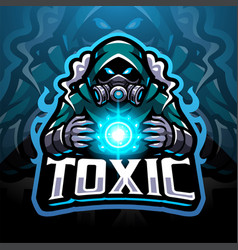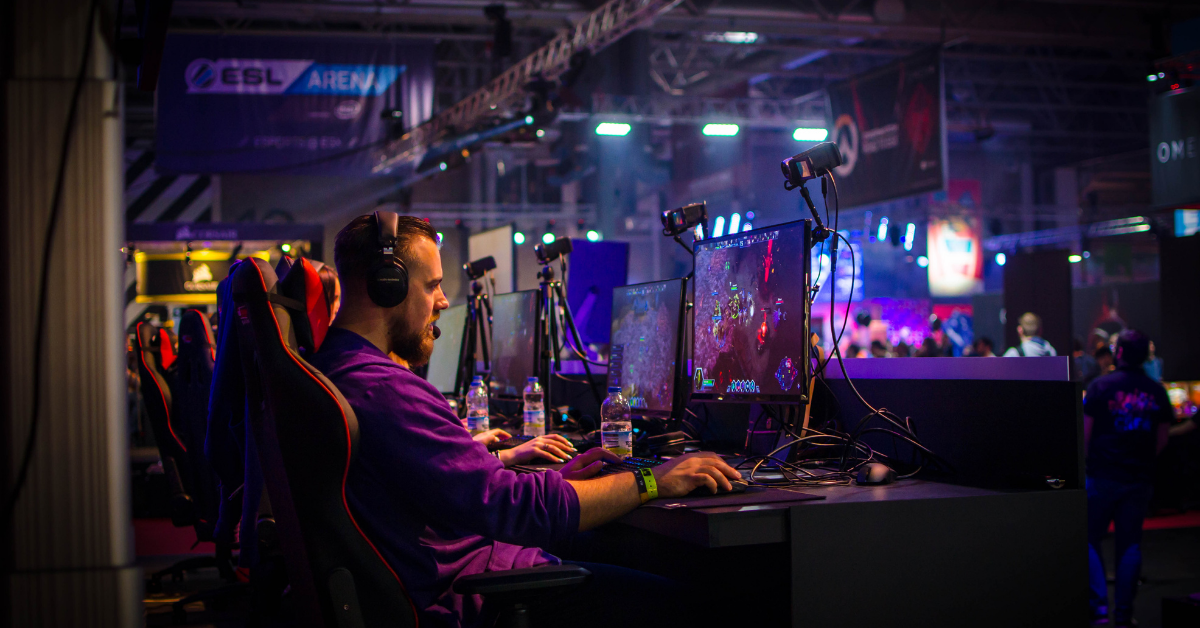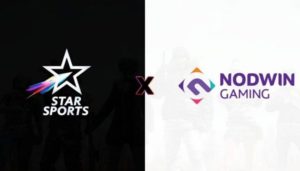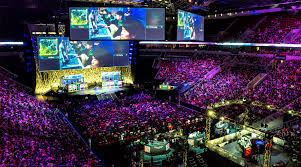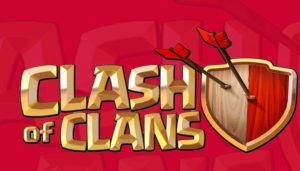Toxicity in online games is a multifaceted and systemic problem. Toxic behaviors appear to be particularly prevalent among esports communities. Negative behavior, such as harassment, can create barriers to players obtaining high performance in professional esports games and can hamper player’s enjoyment, leading to them leaving the game. On the contrary Banter is people tease one other in a friendly manner. It is not meant to be offensive. Both parties should feel equal in the transaction, and neither should be wounded or upset by it. However, there is a very vague line between both.
Fortunately, game publishers, gaming communities, and esports organizations are all working to combat the problem. There is a lot that a player can do to protect themselves from toxic gamers.
The Vague lines
Banter is supposed to be lighthearted and amicable, but it may sometimes go too far and turn into bullying or toxic behavior. It’s possible that you’re not even aware that you’re doing it. When you can’t see someone’s face or hear the tone of their voice, it’s easy to misread a message or post. Similarly, you may not have meant to harm someone’s feelings, but what you thought was friendly banter to someone else could be considered bullying.
Picking on someone’s looks or aspects of their identity, such as gender, race, sexuality, or religion, should not be amusing. They may make fun of these things, but it’s best to steer clear of these topics entirely. Also, if this is someone you know well, you’re probably already aware of some of your friend’s insecurities.
With millions of people watching their streams online the same rules can be applied to the esports side of things. Professional players are idols to young players, people they look up to. So, it’s best that professional players know the vague line between banter and toxicity.
Banter in Esports
Much like traditional sports, esports isn’t immune to banter. Professional players and organizations engage in banter against each other from time to time.
Carlos “CarlosR” ocelote, the owner of G2 Esports regularly engages in banter against his rivals online. His organization G2 Esports as a whole is infamous for their banter on twitter. The above tweet from CarlosR was aimed at Fnatic after their match against Dignitas in the LEC. He made fun of Fnatic by saying that his kid, a major fan of the club, had improved his baseball skill by watching them play over the last few days, and he wanted to thank them “for teaching him how to throw so effectively.“
There is a plethora of examples of various instances of banter across multiple esports titles. It is something that drives the competitive essence of the esports scene. Players often engage in banter online, usually on twitter or inside the server. The banter inside the server is usually termed ‘BM’ (Bad Manners) and exists in all esports.
Toxicity in the server
In-game toxicity is well-known in games like VALORANT and CSGO. Trolls, bullies, and flamers are all common sights whilst queuing up these games. Toxicity can range from basic match chucking to annoying team members to really offensive comments and anger in the chat room.
While approaches vary, most game makers have a zero-tolerance policy for activities that could be regarded as abusive. Every game today allows players to mute others for activities such as flaming and raging in-game. While game developers recommend that the player be reported if they are ‘griefing’, some games provide for a much quicker solution. In CSGO, players can kick someone out of the game, while in Dota 2, players can block or avoid a player.
What are the developers doing?
Riot Games’ League of Legends (LoL) has a zero-tolerance policy, and any player found guilty of any type of abusive behavior, no matter how little, is likely to have their account permanently banned. Valve Corporation has a distinct approach among the developers who are acknowledged to be making constant attempts to solve the problem. They like to use a mechanism called the overwatch system. The community-driven overwatch system is a solution to the problem. This method assigns a behavior score to players, and those with a high score are requested to review and pass judgment on suspected incidents of inappropriate behavior.
While the struggle for VALORANT is still in its early stages, Riot has a long history of toxicity in League of Legends. Riot Games is prioritizing the creation of non-voice communications, such as character actions, to reduce abuse while playing with random team mates, according to the producer.
What can you do?
Any type of toxic gaming behavior, according to the gaming community, should not be tolerated. It should be reported via a game’s built-in features wherever possible. It’s difficult to determine what the best effective method for eliminating or minimizing toxicity in gaming would be. One of the most crucial things to remember is that the majority of misbehaving gamers do so because they have witnessed abusive behavior while gaming.
If we truly want change, it must come from within the ranks of gamers. Companies are limited in their abilities. If you see that someone is clearly not taking someone else’s banter as a joke, reach out to them and help them. Don’t be a bystander!
Also Read: Esports Update :Riot Games teases new VALORANT map


